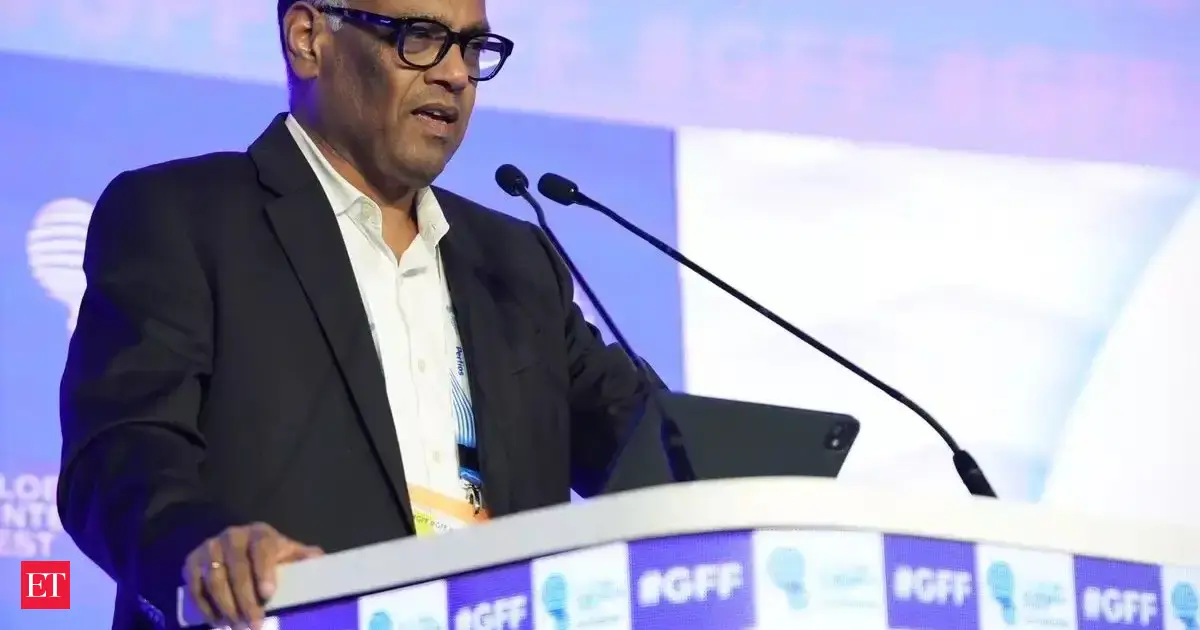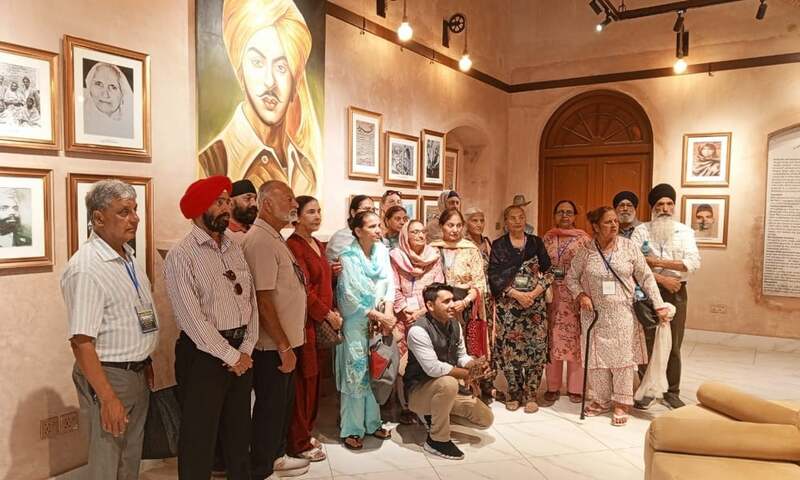Copyright mxmindia

It’s tempting to look at the Indian women’s victory at the Cricket World Cup as the beginning of a renaissance, like 1983, when Kapil Dev’s team won the Prudential Cup. The parallel with Harmanpreet Kaur’s team is natural, but historically off. In reality, 1983 was a beginning, but 2025 signals an arrival. That win triggered a commercial revolution. This win will accelerate it. The scaffolding for marketing success has been around for a while: a reasonably performant team, a sizable audience, a few telegenic players, short-form video content and mainstream media interest. That heartbreaking loss at Lord’s in the 2017 World Cup final captured the imagination of many and marked the most recent inflection point for every stakeholder. Player identities went from being general knowledge questions to household names, advertisers took notice, the cricket board doubled down, and it sparked the imagination of a new generation of women cricketers. That defeat was the biggest win for Indian cricket. Until now. As the confetti settles and the blueprint for the next phase of women’s cricket is developed, there are three clear areas of opportunity for business heads, marketers and creatives to grow the game. This is not the Sachet version of Men’s Cricket It’s convenient to think of men’s cricket as the premium product and the women’s team as the chhota or budget version, or at best a brand extension. But that would be the biggest disservice to the sport. Women’s cricket can be that growth SKU waiting to be scaled. Take the US Women’s Soccer National Team (USWNT). The American women’s team isn’t just more successful, they’re more visible, culturally relevant and commercially resonant. With a clever combination of on-field performance, marketing genius and gender advocacy, they’ve become a symbol of pride and inspiration in the country. As a brand, they’ve intentionally led the charge for equality, both on and off the field. The women’s team must continue to piggyback on the men’s team for now, but also be aware of the bigger opportunity. Adopt women’s cricket, don’t just partake in it Today, a lot of the business investment in women’s cricket is actually the result of brands looking for more viable (read cheaper) alternatives to connect with cricket audiences. Then there are brands interested in the players’ celebritydom, which leads to endorsements only for a select few. This short-term media planning and budget allocation is meaningful, but not enough. Businesses have the opportunity to take a purpose-led approach and adopt women’s cricket. Own it like at least a decade-long cause. Not charity, just a long-term investment, like the Women’s Premier League franchises. There are plenty of examples. For a long time, Hero MotoCorp practically owned Indian hockey. JSW has made early and sustained investments across sports. And, globally, Nike, Visa and Coca-Cola have invested in women’s sport for decades. Marketers must move hearts Winning helps, but winning is not everything. The men’s game has been a financial juggernaut even in phases when the trophy cabinet was bare. The women’s game has the power to evoke emotion. The ‘Virat khelein ya Smriti, Jeetega toh India hi na’ commercial was a carefully crafted example. Men were already following the sport, but it gave their fandom legitimacy and got them to also buy Smriti Mandhana T-shirts at the ground (like my wife did for my son). In marketing terms, it achieved upper funnel and lower funnel goals. It’s the holy grail of advertising. This is a country that teared up watching Chak De! India, and choked up on Dangal. This Indian team is full of such scripts: Amanjot Kaur, whose carpenter father made her a bat because the boys were acting up. Shafali Verma, who had to get her hair cut like a boy so that she could join a local academy to train. Kranti Gaur, who comes from a tribal family and started playing barefoot. Jemimah Rodrigues, who spent years living and sometimes practising cover drives in a 118 square-feet apartment shared by five members. These are world champions made in India. Their earthy, inspiring, aspirational stories resonate in the big cities and in the smaller towns, on television and online, across languages, age groups and genders. Their time is now. Rahul Fernandes is a former sports journalist in India, and worked as a marketer at Meta, Google and TikTok in the US. He is now back in India, and lives in Mumbai. On X (Twitter), he is at @newspaperwallah. His views here are personal.



